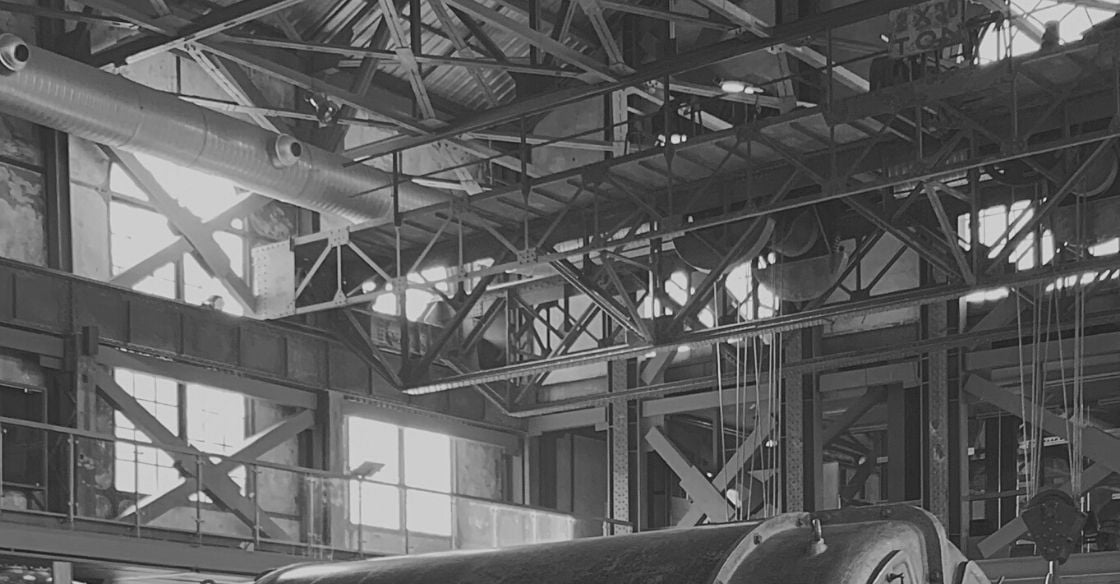The History of Child Labor in the US
Reflecting during this Labor Day holiday reminds me that this year marks 20 years since the adoption of the ILO's Worst Forms of Child Labour Convention, 1999 (No. 182). Each year on June 12th, the World Day Against Child Labor brings people together from around the world to highlight the plight of child labor and what can be done to mitigate the deplorable conditions in which children work around the world. In this country, we have a set of black and white photos taken by an American sociologist/school teacher/photographer to thank for ending child labor.
Family Economies Relied Heavily on Children
At the turn of the 20th century, family economies relied heavily on children; whether it was working in a coal mine in West Virginia, picking cotton in Oklahoma or selling newspapers on the streets of Washington, DC. The Bureau of Labor Statistics estimates that approximately 18% of children between the ages of 10 and 15 were employed. The fact was that child labor was profitable. Many also believed that in this way, children would learn the value of hard work.
In the early 1900s, Lewis Hines began photographing children working in mills, mines, fields, factories, canneries and on the street. He reportedly claimed he was either a bible salesman, postcard salesman or an industrial photographer so that he could gain access to this vulnerable group of subjects. These black and white photographs were published in magazines, pamphlets, books, slide lectures, and traveling exhibits. The photographs are stark, searing and humbling. While at the time there was no way for these photographs to “go viral,” the impact on social reform was profound as the images significantly influenced public perception of child labor which in turn led to the passing of laws to ban it.
Keating-Owens Act of 1016
Congress passed the Keating-Owens Act of 1916 that established
- a minimum age of 14 for workers in manufacturing and 16 for workers in mining;
- a maximum workday of 8 hours;
- prohibition of night work for workers under age 16;
- and documentary proof of age.
Amazingly, only nine months later, it would be ruled unconstitutional on the grounds that congressional power to regulate interstate commerce did not extend to the conditions of labor. “Reformers,” continued to push for legislation at the state level that would ban child labor and set maximum work hours.
It wasn’t until Roosevelt’s New Deal in 1933 that the country saw a national effort to eliminate extreme child labor.
If you haven’t revisited Lewis Hines photographs in a while, take a moment to do so. You can find copies online via the Library of Congress website.


